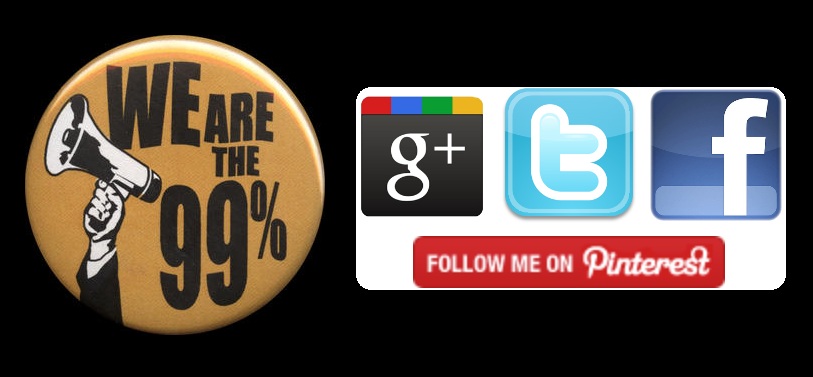Google has stuck with its story that the various components of Google+ and the +1 button don’t have an effect on search rankings. They have to. Once they admit that it does (as countless studies and tests have indicated), the flood of spam and blackhat SEO techniques will grow larger than it already has. This is important to understand for anyone doing research on the topic. Google isn’t trying to deceive people for the sake of being deceptive. They’re trying to protect the sanctity of what will become their greatest advantage in the ongoing search engine wars. They will not sit back and do what Yahoo did a decade ago, relying on mass adoption to carry them through. Just because Google is on top today doesn’t mean that they have no fears for the future.
Thus, Google+.
With that out of the way, let’s take a look at the three primary components of Google+ and the various +1 buttons (they look the same but they have different uses) that have an effect on your search rankings.
The Google+ Business Page
There’s a good chance that if you’ve been following the advice of internet marketing experts out there for the past couple of years, that you have a Google+ business profile. If you don’t, get one now.
The page serves two purposes from a search perspective. If you’re posting content from your website onto your page, it counts as a +1 for that particular piece of content. +1s are weighted differently and the ones from your page have more weight than spammers but less weight than most users, but it’s still a good thing to have. It doesn’t hurt, so why not?
The other component is a relative scale. Your page itself has +1s, demonstrated in the image above in the bottom right by “+346″. There have been a couple of studies that have looked at this and shown that it’s the most important aspect of overall search rankings that Google+ affects. I disagree based upon my own research, but it definitely has an affect. By being a “relative scale”, it isn’t a matter of gathering hundreds, even thousands of these. It’s a matter of having higher quality ones relative to your competitors for search rankings. As with everything in this article (and pretty much in search and social altogether), quality trumps quantity. You only see the number. Google sees the quality of the accounts within the number.
Domain Content +1s
The rise of content marketing from a search perspective has been most positively affected by the +1 buttons on your site. Inbound links are still extremely important, but they have remained at a steady value ever since the Penguin update. The +1s accumulated on content within a domain have risen in overall power.
This is why true content marketing on your website is so important from a search perspective. We can no longer rely on strong HTML content and organic links to rank higher than competitors. Sure, they work, but the real differentiator that so few are willing to explore is the fact that social signals to a piece of content affect the overall rankings of a domain. If a piece of content is strong enough to get some viral love on Google+, Twitter, and Facebook, the rankings of many keywords are affected.
Individual Content +1s
This is a two-headed beast. Google has not seen the +1 abundance of data that they had hoped when they first started putting the +1 button everywhere. They’ve gone through many changes over the last year, including changing the way that the search results interact depending on browser and device. Now, you can “share” pages from results into Google+, but it’s unlikely that this is being done very often.
What Google IS seeing is an increase in the number of shares directly from content. It isn’t just a rise from the clicks on the page itself, but also an increase in the +1s happening on the Google+ network within users’ feeds. This is translating into very strong improvements in overall search rankings and traffic for those who are able to get activity on Google+ with their content. The catch-22 is that many businesses are finding it much easier to get +1s to “fun” content. This helps with the second component above, but if we’re not able to get +1s to the “money” content, we’re missing a large part of the strategy.
To achieve this, websites have to start being built with “fun” and “money” on the same pages. It’s a challenge – the entertainment or educational value of content often makes it hard to use as a conversion piece, but that’s the golden ticket at the end of the day. If you can turn your fun content into something that also has the ability to generate leads and sales, you’re definitely a mile ahead of your competitors.























